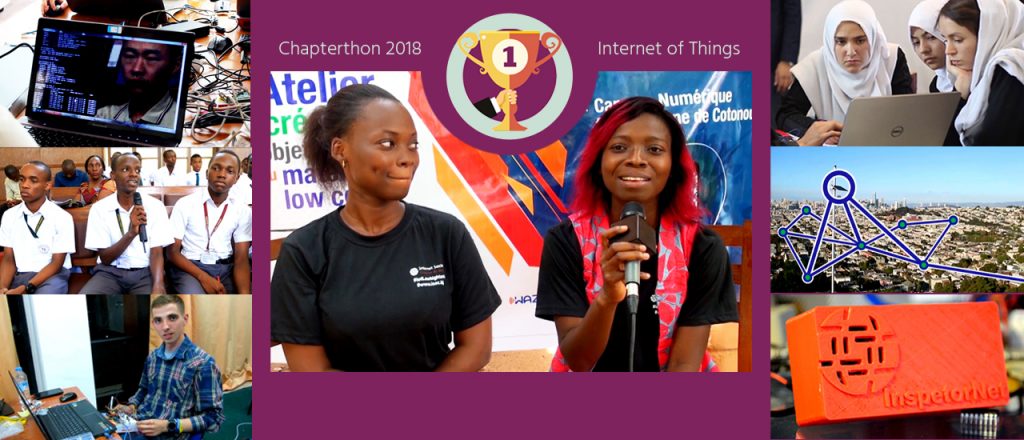Docker App and CNAB
Docker App is a new tool we spoke briefly about back at DockerCon US 2018. We’ve been working on `docker-app` to make container applications simpler to share and easier to manage across different teams and between different environments, and we open sourced it so you can already download Docker App from GitHub at https://github.com/docker/app.
In talking to others about problems they’ve experienced sharing and collaborating on the broad area we call “applications” we came to a realisation: it’s a more general problem that others have been working on too. That’s why we’re happy to collaborate with Microsoft on the new Cloud Native Application Bundle (CNAB) specification.

Today’s cloud native applications typically use different technologies, each with their own toolchain. Maybe you’re using ARM templates and Helm charts, or CloudFormation and Compose, or Terraform and Ansible. There is no single solution in the market for defining and packaging these multi-service, multi-format distributed applications.
CNAB is an open source, cloud-agnostic specification for packaging and running distributed applications that aims to solve some of these problems. CNAB unifies the management of multi-service, distributed applications across different toolchains into a single all-in-one packaging format.
The draft specification is available at cnab.io and Continue reading
 It affects all Kubernetes-based products and services, and it gives hackers full administrative privileges on any compute node being run in a Kubernetes cluster.
It affects all Kubernetes-based products and services, and it gives hackers full administrative privileges on any compute node being run in a Kubernetes cluster. In 2019 the company will deploy these routers at several thousand towers to support its mobile 5G network.
In 2019 the company will deploy these routers at several thousand towers to support its mobile 5G network. IT professionals list Microsoft Azure as the best cloud provider in terms of cost effectiveness, having the most advanced tools, reliability, and having the best support for container environments.
IT professionals list Microsoft Azure as the best cloud provider in terms of cost effectiveness, having the most advanced tools, reliability, and having the best support for container environments. Almost 900 vendors competed for the 10-year award. The Navy selected six.
Almost 900 vendors competed for the 10-year award. The Navy selected six.

 Cisco’s SON technology works in multi-vendor deployments based on any combination of cellular technologies. It supports RAN nodes from any major vendor as well as multiple data-source vendors.
Cisco’s SON technology works in multi-vendor deployments based on any combination of cellular technologies. It supports RAN nodes from any major vendor as well as multiple data-source vendors. This is Barefoot’s second generation release of its P4-programmable Tofino Ethernet switch ASIC family.
This is Barefoot’s second generation release of its P4-programmable Tofino Ethernet switch ASIC family. A bunch of service providers from around the world are starting to implement ONAP code into their networks.
A bunch of service providers from around the world are starting to implement ONAP code into their networks.
